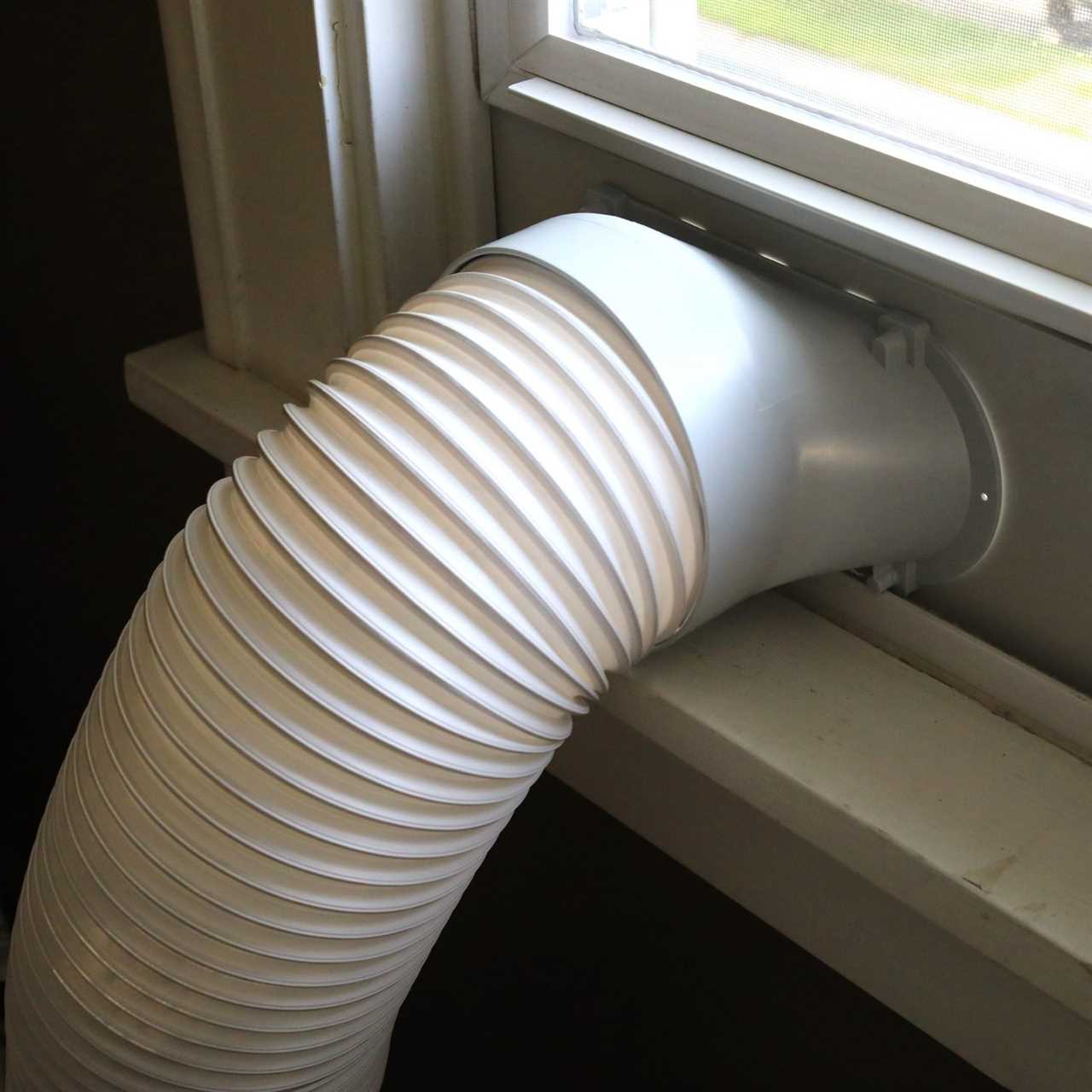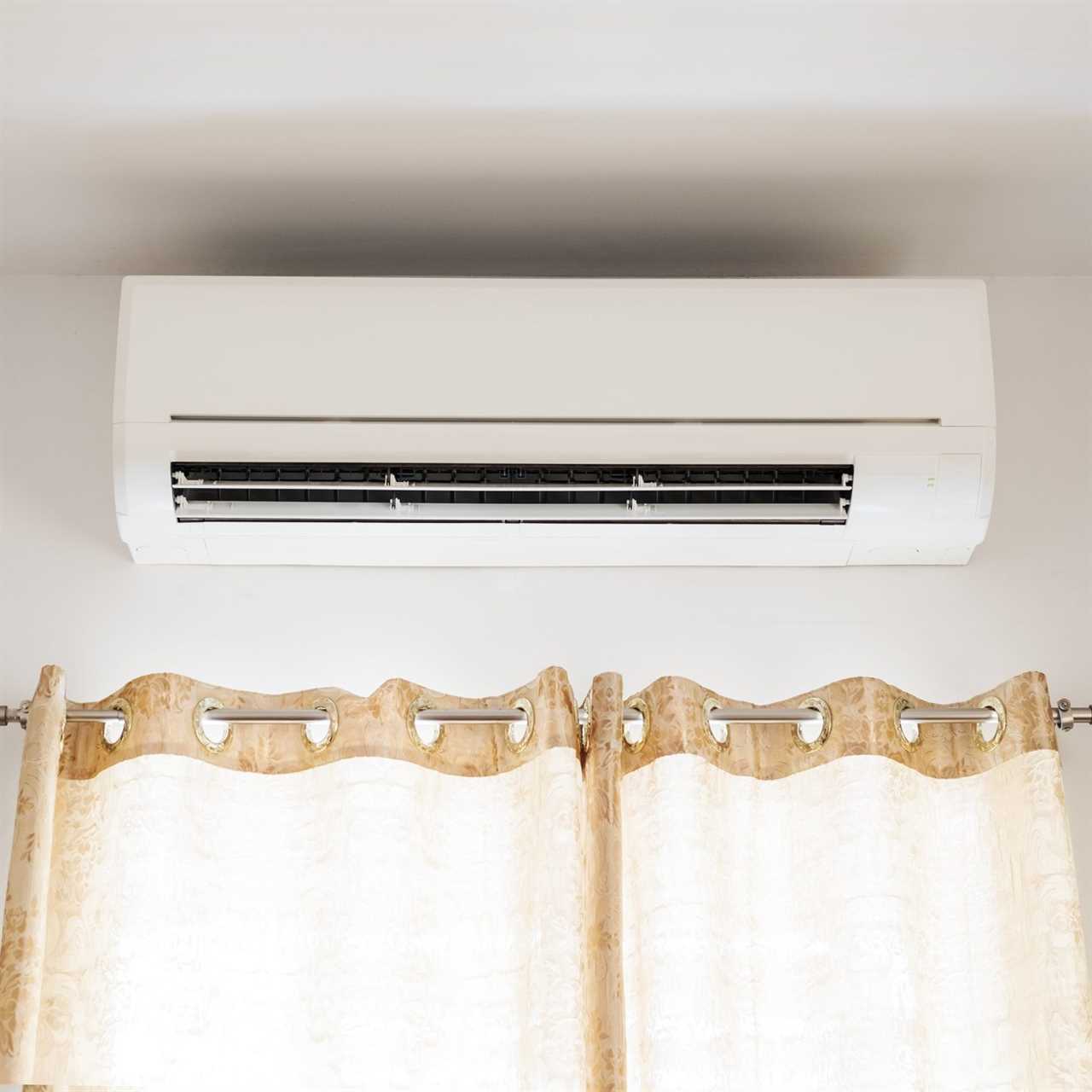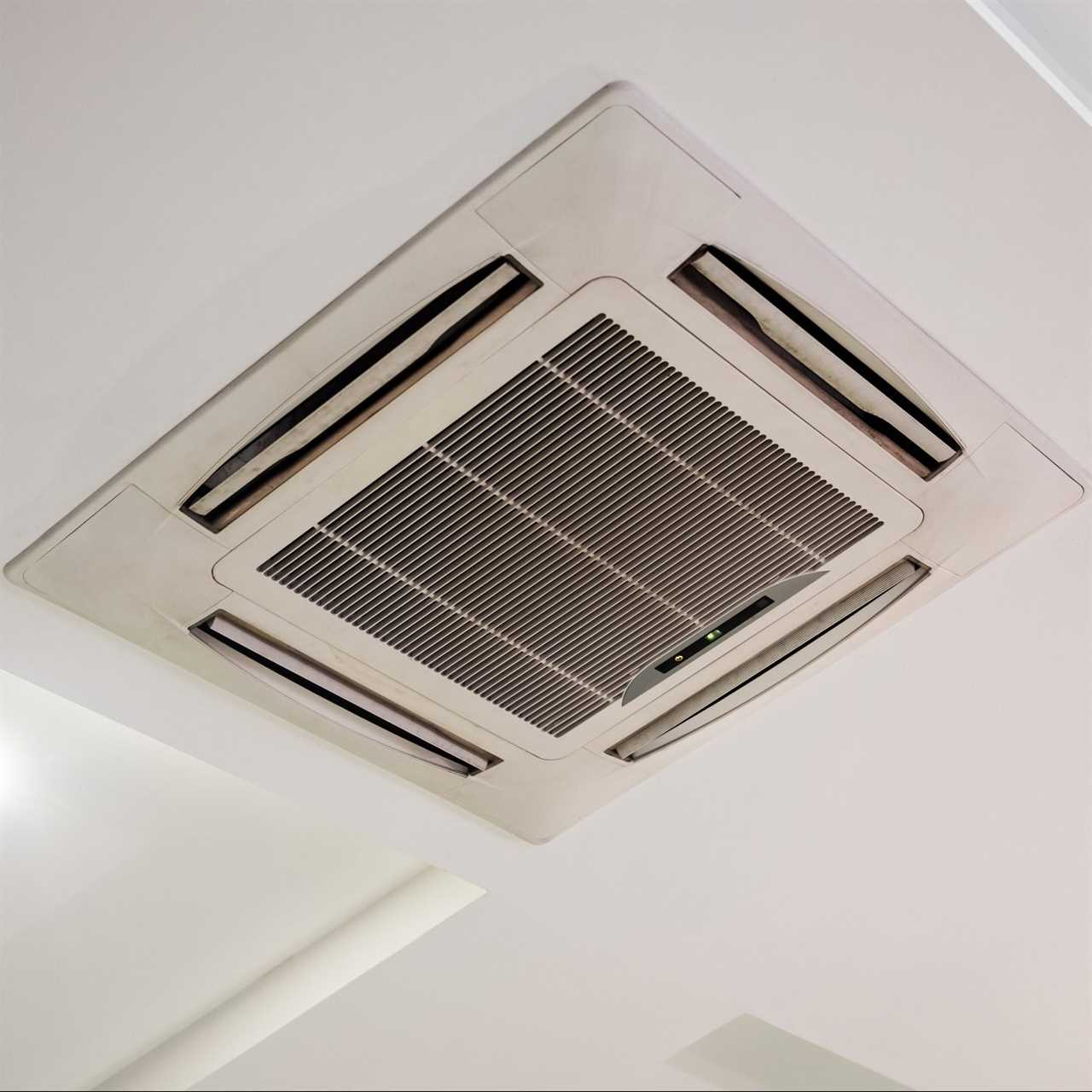Room air conditioners are one of the most popular air conditioning solutions due to their budget-friendliness and convenience. Approximately 25 percent of all homes in the U.S. have a room air conditioner, according to the U.S. Energy Information Administration.
What Is a Room Air Conditioner?
A room air conditioner lowers the temperature by pulling in the air from the room and passing it through the refrigerant coils to cool it. Room air conditioners can cool areas as large as 1,600 square feet. They also remove moisture and help filter the air.
While central air conditioners cool the entire home, room air conditioners cool smaller spaces. Although they’re not as efficient as central air conditioners, they’re significantly less expensive to purchase and install.
What Are the Types of Room Air Conditioners?
While most people think of portable and window units, there are other kinds of room air conditioners. Here are the four most common types:
Window room air conditioners
Window air conditioners are the most popular room models in homes. All that’s needed is a window and a nearby power source, because all the components are inside the unit. Most have easily accessible filters, which makes cleaning easy. Window air conditioners are available in various sizes and Btu ratings, and they tend to be economical.

Portable room air conditioners
These freestanding units are self-contained and easy to install, but portable air conditioner units are not actually all that portable. They’re often heavy. And because of the attached vent hoses, you can’t move them very far. Plus, they’re noisy and not particularly efficient.
They work by pulling hot air, cooling it and returning it to the space. The warm air and moisture from the space is vented through a window or hole in a wall.

Wall- and floor-mounted room air conditioners
Also known as ductless air conditioners (because they don’t require ducts like central air conditioning) or mini-split systems, wall-mounted air conditioners come with two units. One is mounted on an interior wall and the other is placed outside. These two units work together to cool the air, releasing moisture and warm air outside.
The wall-mounted unit connects to a condenser outside via tubing installed through the walls. Ductless air conditioners are usually quiet, energy-efficient and aesthetically pleasing.
Note that floor-mounted units are placed near the floor, not on it. That way you can easily check and replace the filters, making floor-mounted units a great choice for people with respiratory issues. Many models can also heat rooms for year-round comfort.

Ceiling recessed room air conditioners
Also known as a cassette, a mini-split recessed into the ceiling is ideal for a large room or open floor plans. It sends the air in four directions at once. A ceiling recessed unit requires 10 inches of clearance for the housing to fit out of sight. However, it still needs to be vented to the outside.
How To Choose a Room Air Conditioner
When deciding what type of room air conditioner to buy, consider these four essential features:
Btu rating
The British thermal unit (Btu) rating represents the amount of heat it takes to raise the temperature of a pound of water by a single degree. Debbie Hughes, owner of Hughes Air Heating & Cooling in Mesa, Arizona, says for heating, ventilation and air conditioning (HVAC) purposes, one Btu translates to how much heat an air conditioner can remove in an hour.
To determine what Btu rating to look for, Hughes says to take the square footage of the space you want to cool and multiply it by 20. This is the rough Btu value you will need to cool that area. If you live in a heavily shaded area, subtract 10 percent. If your area receives a lot of sunlight, add 10 percent.
Venting
Venting is crucial with room air conditioners. Brian Amodio, CEO of Action Air Conditioning, Heating & Solar in California, says if your room air conditioner isn’t properly vented outside, it can’t cool the space, because the hot air will remain inside. And you have to vent to the outside, not just to a different room or into the attic.
Most room air conditioning units require a window, door or wall hole for venting. If you’re unable to set up a venting system for your room air conditioner, Amodio says central AC may be a more efficient solution.
Cost
Room air conditioners cost less and are easier to install than central air conditioning systems, but their prices vary significantly. The type and Btu rating affect the price.
Window air conditioners tend to be the least expensive, costing between $150 and $1,000. Portable air conditioners follow, averaging between $100 and $400. Wall- and floor-mounted units can cost between $700 to $1,500.
Warranty
Most residential air conditioner manufacturers offer a five- or 10-year components warranty on defective parts. This usually includes the fan motor, compressor, evaporator coil and blower motor. Hughes says these warranties do not cover labor. That’s why HVAC companies offer extended labor warranties and service contracts that cover labor costs for any air conditioner repairs and maintenance services during the warranty period.
You might not require professional help when installing window air conditioners or portable air conditioners. But for wall-mounted or floor-mounted options, you will likely need it.
Did you miss our previous article...
https://rsssuperfeeds.com/life-hacks/how-to-find-affordable-lumber






